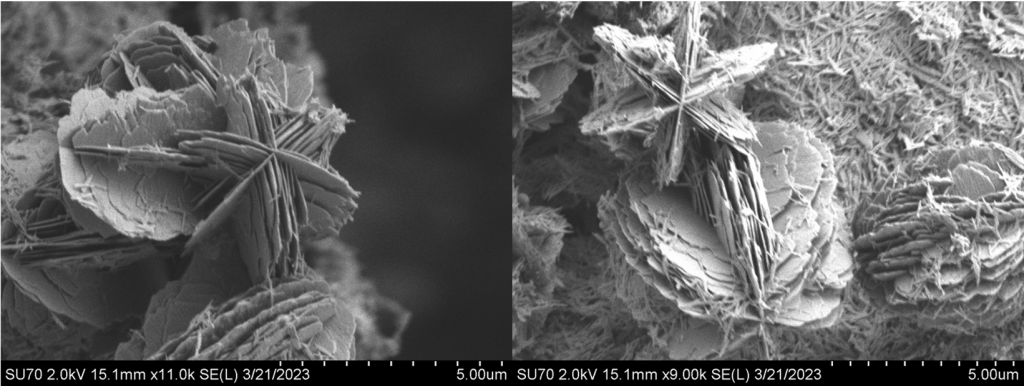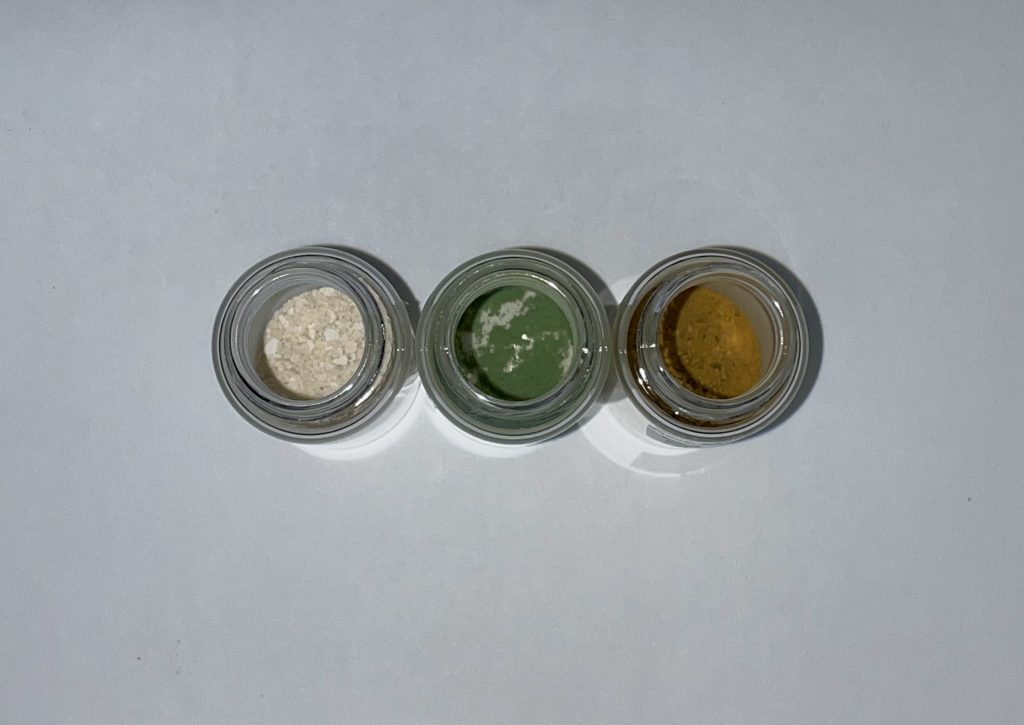Strained Layered Materials as Electrodes for Energy-Storage Devices
This work looks to elucidate on the stability and change in reactivity of layered materials in relation to tailored strain-site patterns on the material. The presence of stress and the resulting strain has been demonstrated to modify the local electronic structure of the material, increasing (or decreasing) reactivity, and modifying its properties. We seek to grow transition-metal oxides and dichalcogenides on templated Si/SiOx wafers that matches the desired patterns.

Elucidation of the Phase Diffusion Mechanisms within High Entropy Alloys
High entropy alloys and oxides (HEA/HEO) are a novel class of materials in high-composition space. These materials are usually comprised of 5 or more transition metals within the unit cell. We seek to understand the phase transformation phenomena that occur on this system. Phase transformations of this system occurs in the presence of temperature, heat, or oxidative/reduction environments. We will be focusing on stimuli originating from electrical potential and oxidative/reduction environments.
Chemically Tailored Layered Double Hydroxides as Pollutant Remediation Technology
Layered double hydroxides (LDHs) are lamellar inorganic solids that are comprised of positively charged brucite-type layers of divalent and trivalent metals with exchangeable intercalated anions present in between the layers to compensate the net positive charge, with general formula of [(MII)1-x(MIII)x(HO–)2]x+(Am−)x/m·nH2O. The chemical diversity of this solid allows for an unprecedented tailoring of the properties of the material. In addition, the lamellar nature of this solid allows for facile intercalation of both organic and inorganic species in between the layers. We propose to use these LDHs as pollutant remediation technologies where precise capture and degradation of the undesired specie can be achieved.
